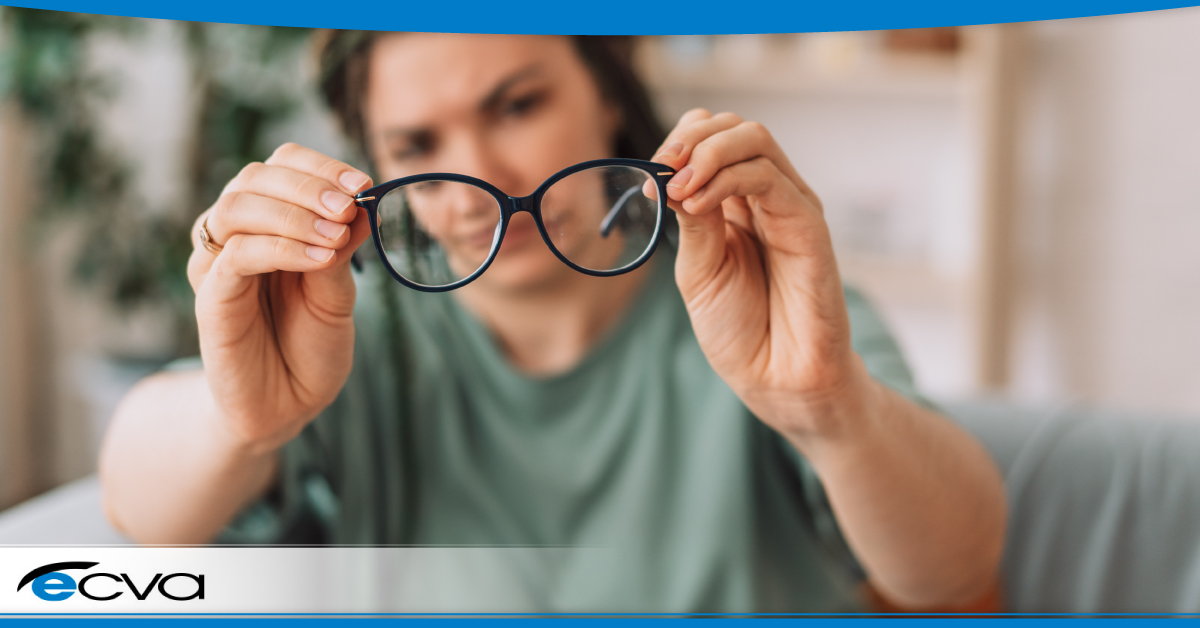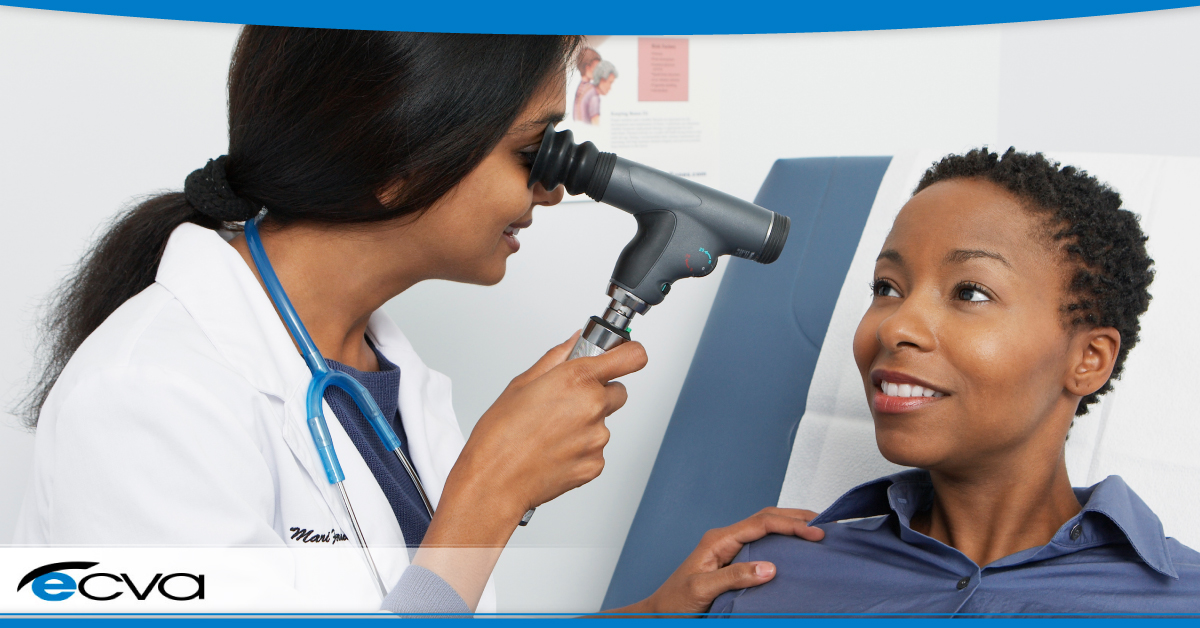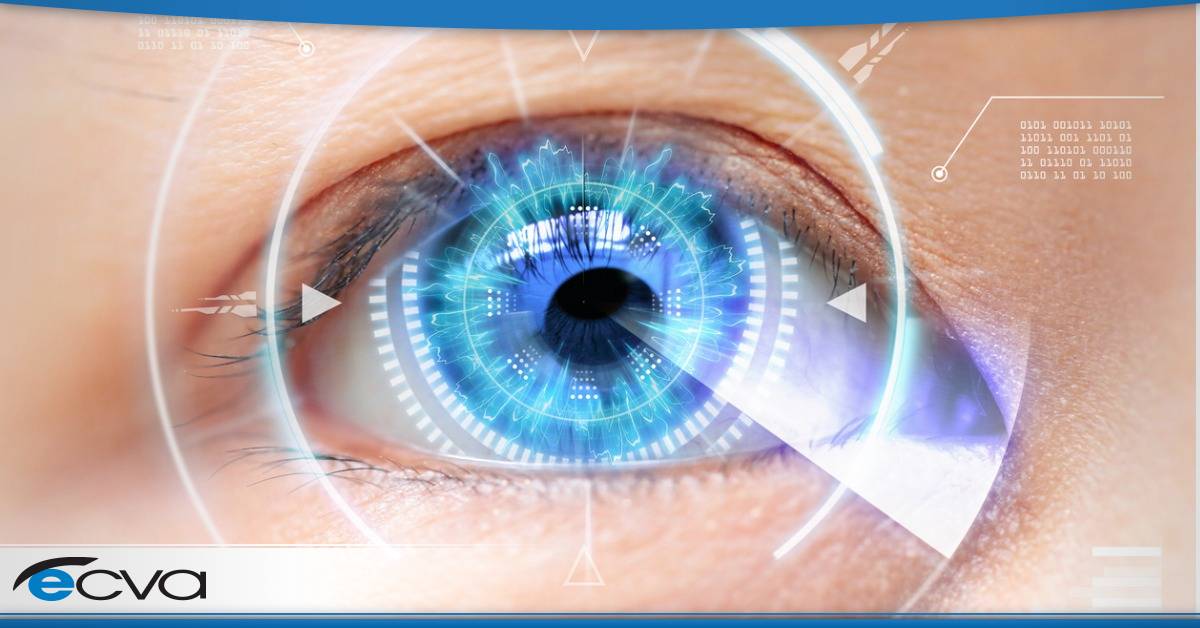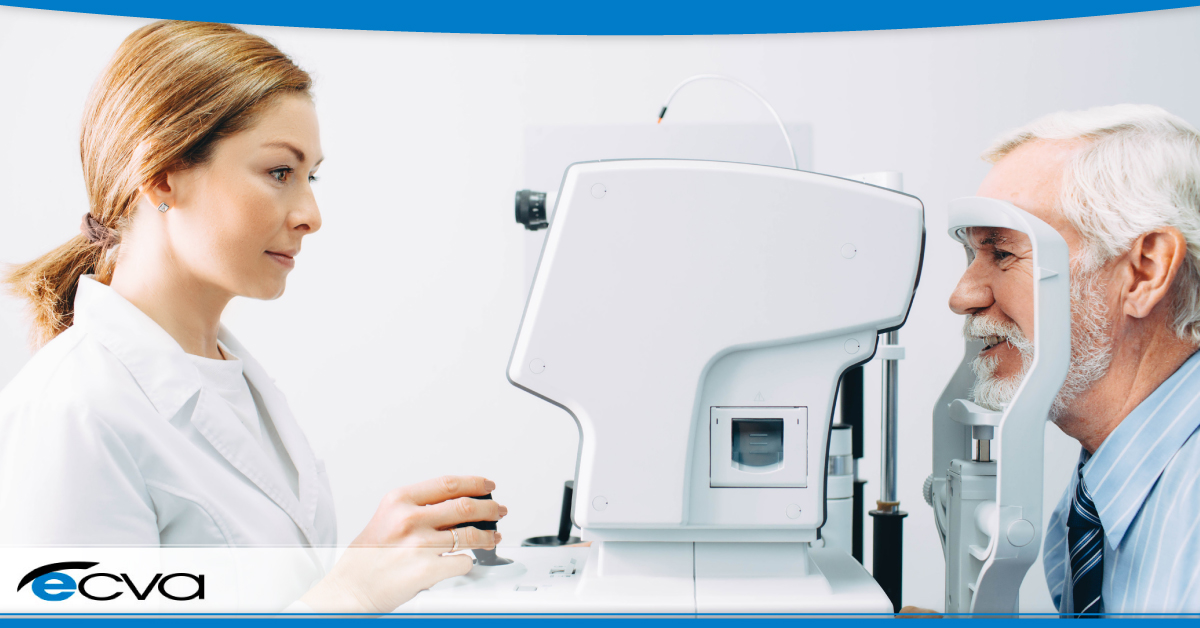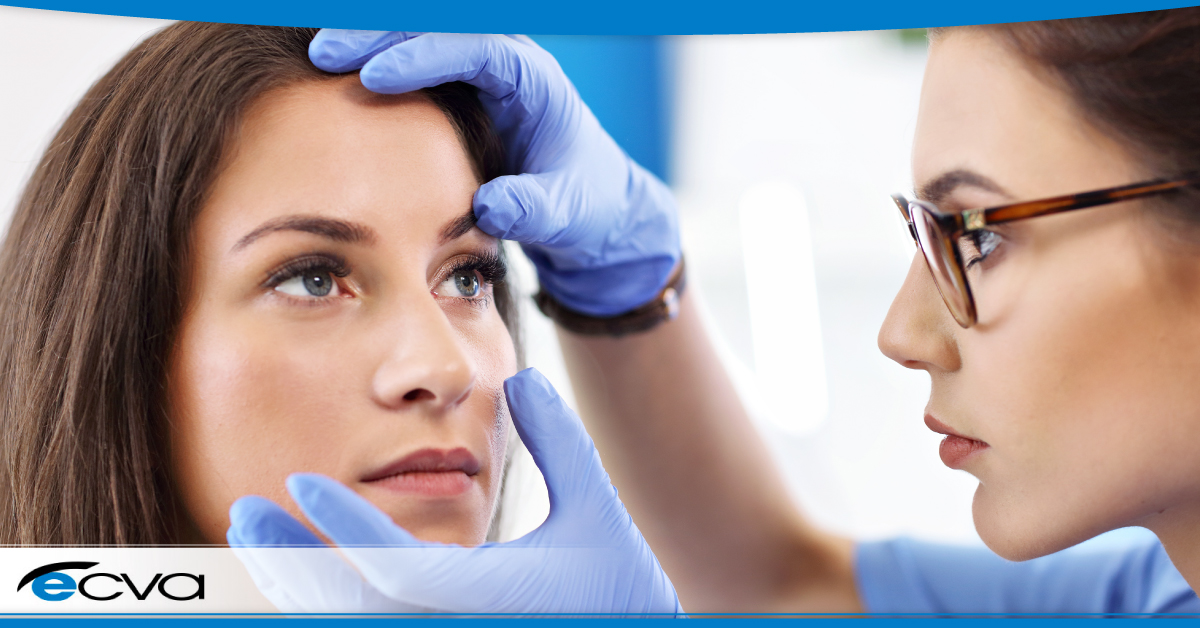As you age, you’ll likely have cataract surgery. Cataract surgery in Buffalo is a routine surgery to restore vision in older patients suffering from the condition. According to one study, “Cataract extraction is the most prevalent surgical procedure of all medical specialties with an estimated 3.7 million cases per year in the USA, 7 million in Europe and 20 million worldwide.” Since 1995, more than 500 million cataract surgeries have been performed successfully on more than 130 million people. One estimate suggests doctors will perform close to 100 million of these procedures annually by the year 2050.
These are astonishing numbers that place modern cataract surgery at the top of the list for the most performed medical procedure in the world. However, cataract surgery is also one of the most effective clinical procedures on the body, with a 99% success rate. The procedure continues to evolve and improve. One of the latest innovations is the Alcon PanOptix Lens for cataract surgery. It’s being used today for cataract surgery in Buffalo and around the U.S. What is the PanOptix Trifocal Lens? Why might it be a better option for your cataract surgery?
What is the Alcon PanOptix Trifocal Lens?
The Alcon PanOptix Lens for cataract surgery is a trifocal intraocular lens, or IOL, designed for cataract surgery. This technology is designed to provide clear vision at near, intermediate, and far distances after cataract surgery.
The Alcon PanOptix Trifocal Lens is used in cataract surgery as a replacement for the natural lens that is clouded and blurred. The surgical procedure involves removing the cloudy lens and implanting the PanOptix trifocal lens.
Surgeons typically perform cataract surgery in Buffalo and around the country as an outpatient procedure under local anesthesia. The surgeon will make a small incision in the cornea and use ultrasound to break up and remove the cloudy lens during the process. The new PanOptix Trifocal lens is inserted through the same incision and positioned in the lens capsule.
After surgery, your vision should gradually improve over a few days and weeks. The trifocal technology in the PanOptix Trifocal Lens allows for clear vision at near, intermediate, and far distances without the need for glasses or contact lenses in most cases. After surgery, your vision should gradually improve over a few days and weeks. The trifocal technology in the PanOptix Trifocal Lens allows for clear vision at near, intermediate, and far distances without the need for glasses or contact lenses in most cases.
What Technology is Used in PanOptix Trifocal Lenses?
The Alcon PanOptix Trifocal Lens uses copyrighted, FDA-approved trifocal optical technology. This technology divides incoming light into three focal points, providing clear vision at near, middle, and far distances. The trifocal design leverages diffractive zones in the lens that split light into several focal points. The zones provide a patient with clear vision at different lengths without needing other corrective lenses. This technology offers an improved range of vision that single-focus intraocular lenses do not.
To understand how the PanOptix Trifocal Lens works, you must first understand how the eye sees. Your eyes see by capturing light and transforming it into electrical signals transmitted to the brain. When you look at an object, several things happen:
- Light enters the cornea, the transparent outer layer that helps to focus incoming light back toward the brain.
- The light passes through the pupil, the adjustable opening in the center of the eye. The pupil opens and closes to adjust how much light hits the retina at the back of the eye.
- The light passes through the lens of the eye, which is the clear covering that is replaced with an interocular lens during cataract surgery.
- Light hits the retina at the back of the eye. The retina is a thin layer of tissue that contain photoreceptor cells called rods and cones. These cells convert the light (and what you see) into an electrical signal that transmits to the brain through the optic nerve.
- The brain processes the electrical signals, forming an image. This process is what allows you to see and perceive the world around you.
When a cataract clouds the eye, this disrupts the normal process of clear vision. Your vision can also be disrupted by nearsightedness, farsightedness, or other problems that prevent perfect 20/20 vision. These issues stem from having an improperly shaped eye so that light does not adequately focus on the retina. For example:
- Nearsightedness or myopia occurs when the eye is too long or the cornea is too curved. When light enters the eye, it focuses in front of the retina instead of directly on it. This results in clear close-up vision but blurry distance vision.
- Farsightedness or hyperopia happens when the eye is too short, or the cornea is too flat, causing light to focus behind the retina. Farsightedness lets you see in the distance, but up close, vision is blurry.
Corrective eyewear, in the form of glasses or contacts, corrects where light focuses in the eye Corrective eyewear, in the form of glasses or contacts, corrects where light focuses in the eye to improve your vision. That’s the power of this technology to help you see clearer. Interestingly, the Alcon PanOptix Lens for cataract surgery does something similar, except the corrective technology is built into the interocular lens. Now, your cataract surgery in Buffalo will not only eliminate the cloudy vision that comes with a cataract. If the PanOptix Trifocal Lens is suitable for you, it can also stop your need for other types of corrective vision wear.
Is the PanOptix Trifocal Lens Right for Everyone?
The Alcon PanOptix Trifocal Lens may not be the right choice for everyone. Some factors that may impact the suitability of the Alcon PanOptix Lens for cataract surgery include:
- Your existing visual impairments.
- Your overall health.
- Your lifestyle.
- Your expectations.
You may not be an ideal candidate if you have very high visual demands, such as frequently driving at night or needing precise intermediate vision. You must have an open discussion with your eye doctor to determine the best type of interocular lens or whether cataract surgery is the right option for you at this time.
Benefits of the Alcon PanOptix Trifocal Lens for Cataract Surgery in Buffalo
The Alcon PanOptix Trifocal Lens is considered better than a regular intraocular lens in several ways:
- Improved vision at multiple distances: the technology built into the PanOptix Trifocal lens turns the average cataract surgery in Buffalo into a vision correction dream. You can emerge from the surgery with clear vision at near, mid, and far distances without needing glasses or contact lenses. This makes the Alcon PanOptix Lens for cataract surgery a better option over traditional single-focused IOLs.
- Improved night vision: The Alcon PanOptix Trifocal Lens is designed to offer improved night vision, particularly when compared to traditional intraocular lenses, by reducing glare and halos that muddy your vision in the evening.
- Increased patient satisfaction: Patients who undergo cataract surgery in Buffalo prefer the PanOptix Trifocal Lens, reporting higher levels of satisfaction with their vision after the surgery.
It’s important to note that not all patients are suitable for the PanOptix Trifocal Lens. Your cataract surgery in Buffalo will include a comprehensive eye exam and discussion of your vision needs and goals. Talk to your doctor about whether the Alcon PanOptix Lens for your cataract surgery is the best option.
#1 The PanOptix Lens Offers Three Clear Vision Distance
The Alcon PanOptix Trifocal Lens offers three corrective vision distances:
- Near vision: Improvements in your near vision happen through a series of small diffractive zones within the lens that split light into a nearby focal point. This vision correction lets you see objects up close without needing contact lenses or glasses.
- Intermediate vision: Better middle-distance vision occurs through a series of larger diffractive lens zones that split light into an intermediate focal point. This correction lets you see objects at a middle distance, such as a computer screen or a car dashboard, without needing additional corrective lenses.
- Far vision: Seeing far away is better with the Alcon PanOptix Trifocal Lens for cataract surgery. Better far vision happens through the center of the intraocular lens, which is dedicated to providing a clear view of the distance.
The combination of trifocal (near, intermediate, and far) vision in the Alcon PanOptix Lens allows you to see clearly at different distances without the need for glasses or contact lenses. With traditional single-focus interocular lens, patients often still need reading or other corrective lenses to see clearly, even after their Buffalo cataract surgery.
#2 Experience Blue Light Protection with PanOptix Trifocal Lenses
The PanOptix Trifocal Lens is permanently coated to protect the eyes against blue light from computer screens and the sun’s ultraviolet light. However, the Alcon PanOptix Lens isn’t light responsive, meaning, they don’t operate like photo gray glasses that darken under the sun’s rays. It’s generally a good idea to protect your eyes from excess sun exposure and to take breaks from your computer screen to allow the eyes to rest.
#3 The PanOptix Trifocal Lens Can Correct Astigmatism
The PanOptix Trifocal Toric Lens corrects astigmatism. The Toric Lens is the only FDA-approved trifocal IOL that corrects astigmatism after cataract surgery. Astigmatism is a common refractive error of the eye that causes blurred vision. The condition occurs when the cornea or the lens inside the eye isn’t evenly curved, causing the light entering the eye to focus unevenly on the retina. This results in eye blur at near and far distances. The Alcon PanOptix Lens for cataract surgery can take care of this condition and restore your vision
#4 PanOptix Trifocal Lenses Improve the Quality of Your Vision
PanOptix trifocal lenses improve the quality of your eyesight by providing clear vision at all distances. The Alcon PanOptix Lens for cataract surgery not only eliminates the gradual clouding of your vision caused by the condition, this procedure can help eliminate your glasses entirely.
Additionally, the PanOptix Trifocal Lens has a unique design that helps reduce visual distortions and aberrations, providing clear and stable vision in all lighting conditions. This leads to improved visual quality, reducing the visual strain and discomfort often associated with traditional multifocal lenses.
#5 With the PanOptix Trifocal IOL You Can Maintain an Active Lifestyle
The Alcon PanOptic Trifocal Lens for cataract surgery can help you maintain an active lifestyle without needing multiple pairs of glasses or switching between contacts and glasses. This implant makes it easier to participate in activities requiring visual acuity at multiple distances, such as playing sports and using a computer, driving, or reading.
The Alcon PanOptic Lens is surgically implanted inside the eye, so it isn’t necessary to remove or clean it. This convenience can give you the peace of mind to participate in an active lifestyle without requiring contacts or glasses.
Is the Alcon PanOptix Trifocal Lens Right for You? Consult with the Top Cataract Surgeons in Buffalo, NY
If you’re experiencing the cloudy, blurry vision common to cataract sufferers, the ophthalmologists at Eye Care & Vision Associates can determine if PanOptix cataract surgery is right for you. We offer four locations for cataract surgery in Buffalo and the surrounding region: Elmwood Village, Southtowns, Niagara Falls, and Williamsville.
Request an appointment with the cataract surgeons at ECVA today to learn more about the Alcon PanOptix Trifocal Lens. We can help!




